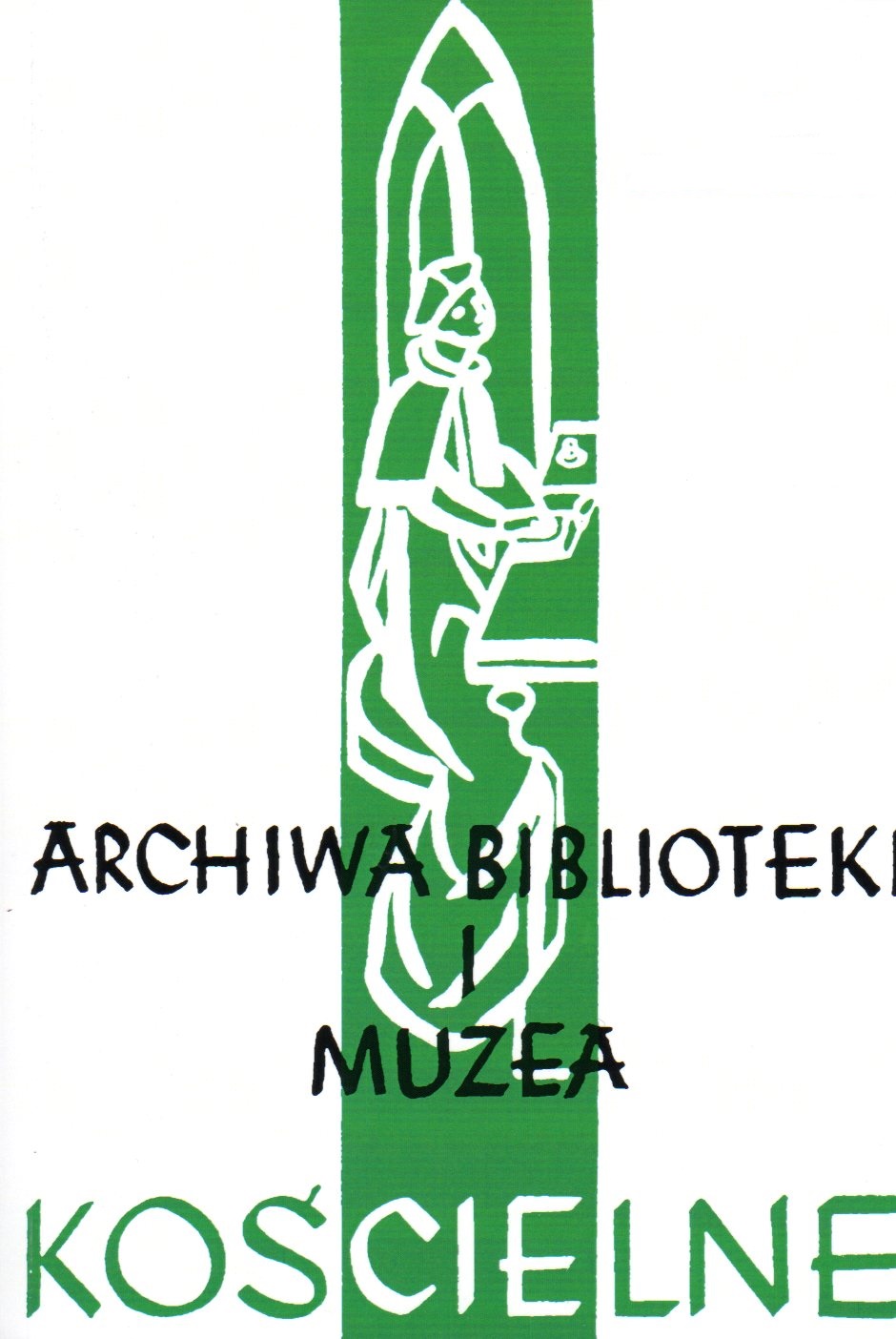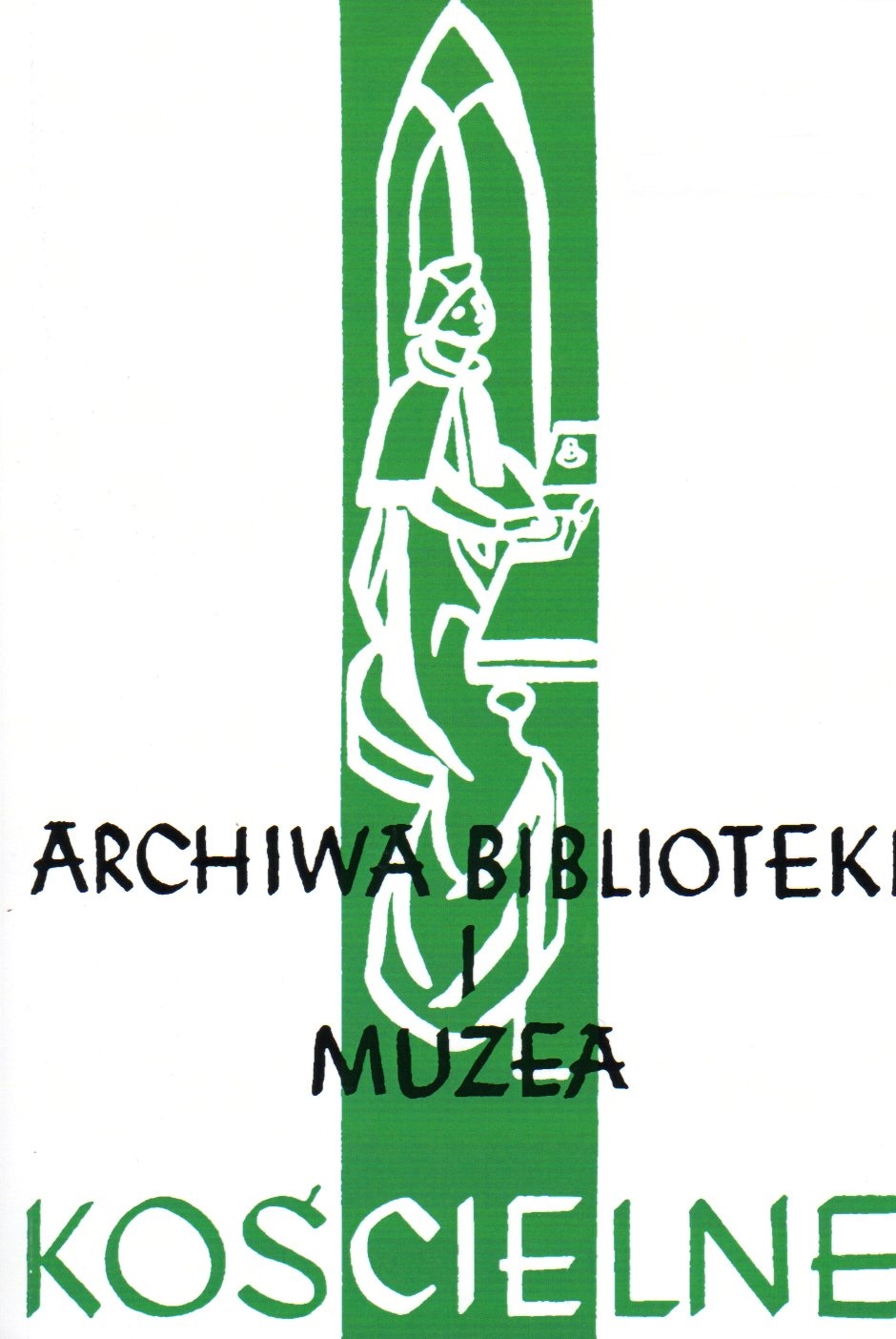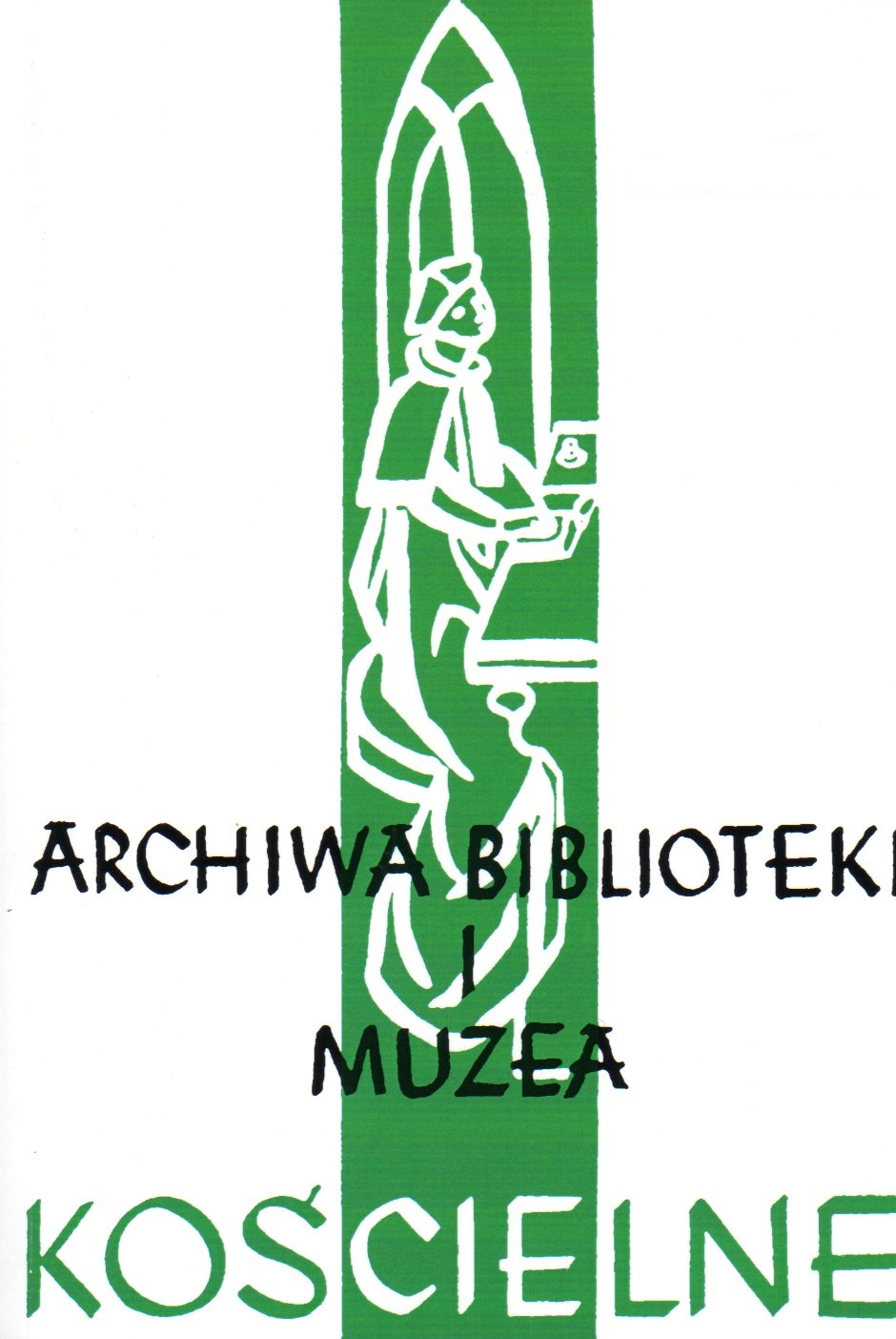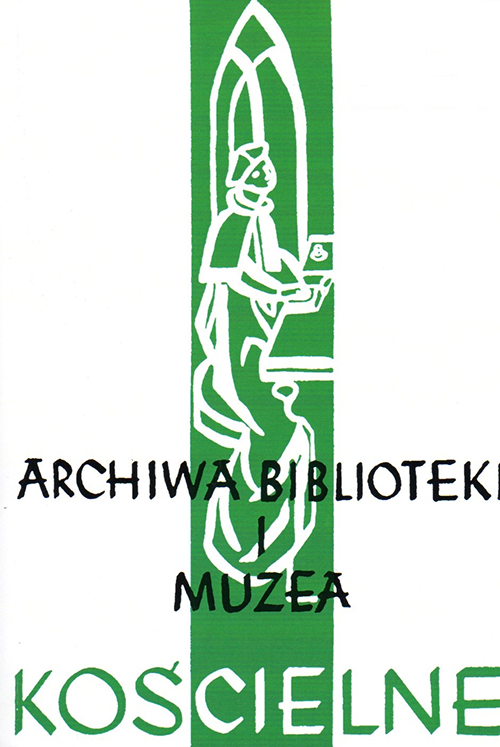Author(s): Tomasz Stolarczyk / Language(s):
Issue: 100/2013
A book accompanied a Dominican monk from the moment of joining the novitiate till his death. It was indispensable during the studies and lifelong learning that was required by the rules or laws made by the Convent, and during daily chores of months: preaching, celebrating the mass, providing the sacraments, fasting and praying, contemplating and meditating the Holy Scriptures, and writings by the Fathers and Doctors of the Church, as well as combating the heresy. One can ascertain about it through analyzing the Dominican book collections maintained in the libraries of the monasteries in Gidly, Łęczyca, Łowicz, Piotrkow Trybunalski and Sieradz, by browsing through 8 library collection sets dating back to 17th Century and the one collection set dating back to 20th Century.
The major objective of the Order of Friars Preachers (Ordo Fratrum Praedicatorum) was and still is to disseminate the Words of God, namely preaching. The large emphasis was put on education. Special Dominican studies providing education in theology and philosophy served these purposes. After establishment of every monastery, an affiliated Conventual school was set up. In a number of convents, particularistic studies, later substantive studies as well as advanced education institutions were opened in each province. Libraries, indispensable for schools, were inseparable from schools because they actually were the scientific base and workplace. There were as many libraries as monasteries. Their operations were governed by the rules or laws made by the Convent, beginning with the very specific rules and the constitution, and ending with monastic chronicles and records of expenditure.
Within one year in Dominican Churches from 240 to 250 sermons were preached. Collections of sermons occupied a prominent place in every Dominican monastery. Given the aforementioned library collections, the largest of them was found in the conventual library in Sieradz - approximately 100 volumes. Preparing a homily, Dominican preachers from Gidla, Łowicz, Łęczyca, Piotrkow Trybunalski and Sieradz could make use of the sermons inter alia by Bernard de Bustis, Pelbart de Themeswar, Nicholas of Lyra, Pseudo-Pierre’a de La Paluda, Wilhelm Meffreth, Johannes Wilda (Ferusa), Piotr Skarga, Fryderyk Nausea (Blandicampianusa), Johanna Herold (Discipulusa), Wincenty Ferreriusz, Jakub de Voragine, Luis of Grenada called Granatensis, Johannes Hoffmeister, Johanna Eck (Eckiusa), Saint Bernard of Clairvaux, Peter Comestor, Saint Bonaventure, Gabriel Biela, Marcin Białobrzeski, Saint Beda, Stanisław Karnkowski, Saint Bernardine of Siena, Dionysius the Great, Hugon de Prato Florido, Nicholas of Błonia.
Dominican confessors, when getting ready for the award of the Sacrament of the Penance, read the manuals for confessors and works on moral theology inter alia by Gregory the Great, Angel de Clavasio, Andreas de Escobar, Martinus Azpilcuety, Thomas Stapleton, Saint Rajmund of Peñafort, Peter of Soto,
More...




